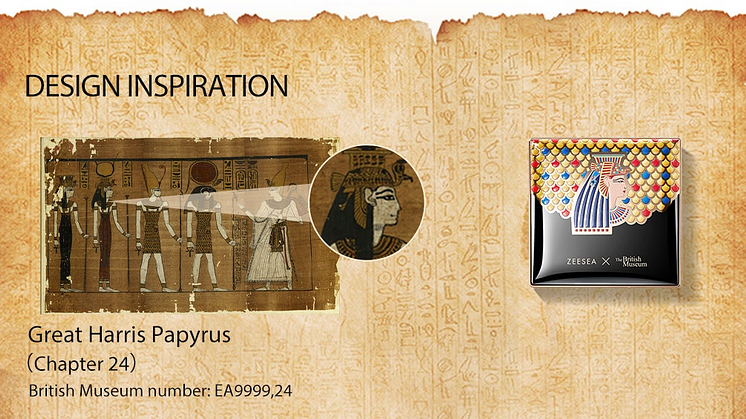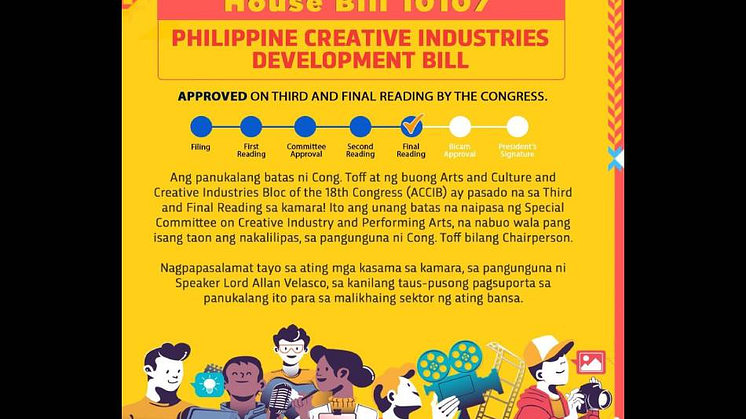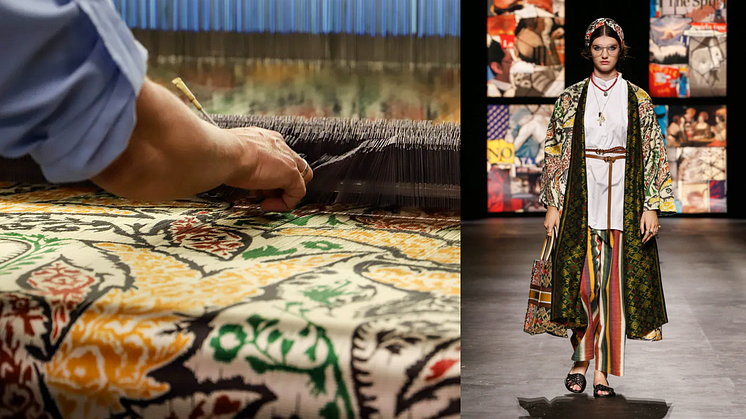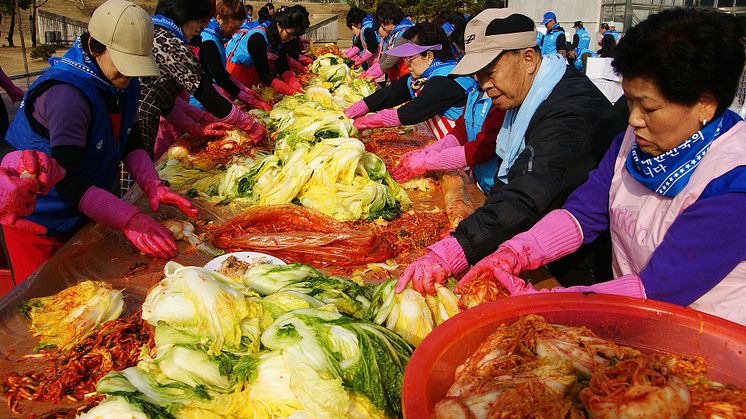
News -
India steps up IP protection for Darjeeling Himalayan Railway's century-old logos
Being named a UNESCO World Heritage Site can help to catalyse tourist interest, and thus generate value for a country’s economy. As these sites are regularly reviewed to assess whether their conservation status qualifies them for a continued place on this list, it also incentivises governments to prioritise the protection of their countries’ historical architecture and infrastructure. If one views heritage as a culture’s intellectual property, then initiatives such as the UNESCO World Heritage Sites are a form of protection for such IP.
One entry on this prestigious list is India’s Darjeeling Himalayan Railway (DHR), which was built in the British era around 1881 and awarded UNESCO World Heritage status in 1999. Its trains are also called the Toy Train, the Iron Sherpa and Queen of the Hills.
According to The Indian Express, “two years ago, the unsatisfactory state of affairs at DHR had invited scrutiny, and the property had seemed in danger of losing its prestigious World Heritage Site recognition”.
However, the authorities in charge of this valuable heritage have since stepped up their game. One way they are doing so is by seeking more legal protection for two DHR logos, which are both over a century old. Their value is considerable — the logos are used, without permission, by companies in Europe, the UK and the US.
First, DHR registered its logos with the Controller General of Patents, Designs and Trademarks under India’s Ministry of Commerce and Industry. Then, this claim was sent to the Geneva-based World Intellectual Property Organization (WIPO) for further processing, as part of the goal of getting international recognition for India’s ownership over these logos. As a result, anyone wishing to use them in future will need written permission from the authorities and will also have to pay a fee.
As AI-powered IP management platform MikeLegal puts it, the move is a way to "wield soft power and strengthen the nation’s position in the international community. Time and again, India and other countries with rich history and culture have had to take steps to ensure the protection of indigenous treasures like arts, crafts and entities of cultural or historic significance from becoming the subject of appropriation. India itself has had to fight against patents on food items like turmeric, neem and basmati rice in the US".
DHR has also been restoring the original artwork – which includes these logos – of its brand on its cutlery and stations, and reviving artwork retrieved from its archives to bolster its heritage credentials. This is a great example of how IP that is properly documented and protected can be a valuable brand differentiator and marketing tool.
PitchMark helps innovators deter idea theft, so that clients get the idea but don’t take it. Visit PitchMark.net and register for free as a PitchMark member today.




